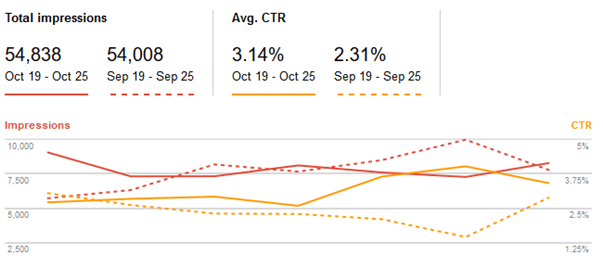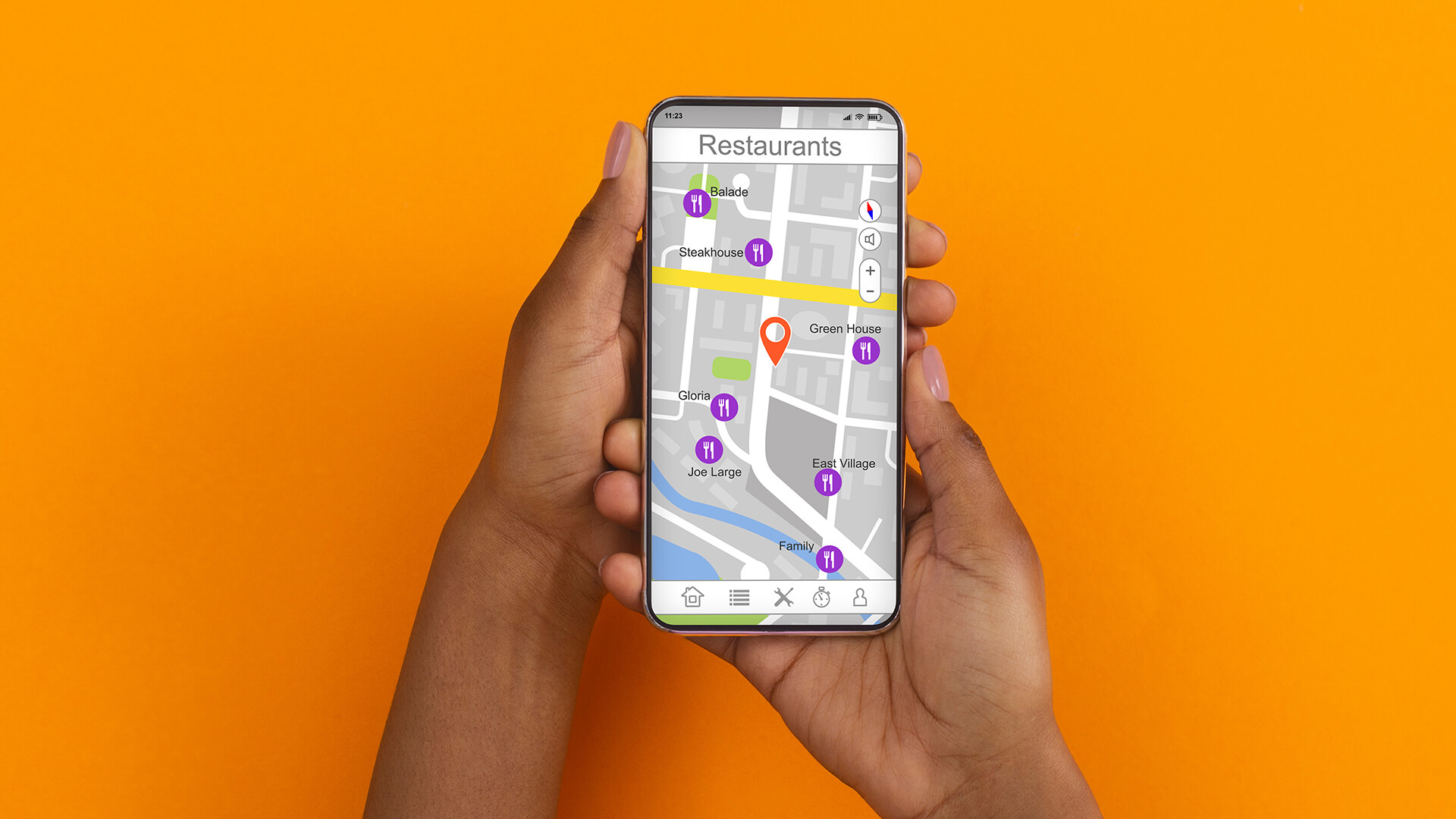How to Identify Pages with Sub-Optimal Meta Titles and Descriptions
Most people judge whether a page is performing well or not within Analytics; how many visits a page is getting, how many people are converting and so on.
However, before we even get to that stage there is the biggest wasted opportunity of all – getting people to actually click onto a site in the first place.
Within Google’s Search Console/Webmaster Tools, we can identify these opportunities that we’re missing out on – and then try to do something about it with some click-through rate optimisation, or CTRO.
The process is fairly simple:
Go to Search Console > Search Traffic > Search Analytics
Check the boxes for ‘Clicks’, ‘Impressions’, ‘CTR’ and ‘Position’, and filter the dates to a large enough amount of time so that you have a good amount of data – 90 days is usually good.
…then scroll to the bottom to download said data as a CSV. Open it up in Excel and then turn the data into a table.
Now you are able to filter and sort the data in a much more useful way.
At this point it is wise to filter out queries that you don’t have enough data for, so within the ‘Impressions’ column, filter out anything with less than a certain amount of impressions – for the purpose of this I’m going with 150 (so anything remaining in the spreadsheet has 150+ impressions in the past 90 days). The arbitrary number you choose will depend on the size of the site you’re working on.
Next, highlight the CTR column so you can get a quick calculation of the average:
The average for the data that I have in my sample is 5.31%, but yours could vary significantly from this depending on the niche you compete in and how well you currently rank. The CTR isn’t really relevant on its own – it’s how your other pages compare to the site’s average.
Next, filter out any page that is above the average. The next step is to order the pages by their average position from smallest to largest.
You have now identified your highest ranking pages that are not performing as well as they should be. Identify the corresponding page on your site that the query relates to and then optimise the title tag and description!
There are a range of different things you can do to make your links more clickable, but I’ve found that using ‘power’ words is having a really good effect; words like ‘discover’, ‘reveal’ and more.
I also find using a mix of SEO keywords and power words is an ideal combination.
For example, something like ‘Luxury Carribean Villa | Discover this Exclusive Anguilla Villa’ and then a description of a similar nature; focusing more on piquing the reader’s interest more than just covering search terms.
The results of my testing, and remember my average CTR was not actually 5% because we excluded all queries with a small number of impressions – which was a lot.
Comparing CTR Before the Changes vs After the Changes
This is one week’s worth of data, comparing the CTR 2 weeks after making changes with CTR 2 weeks prior to making changes – remember, Google can take a bit of time to update!
As you can see, even though the total number of impressions remained almost the same (just a 1.52% increase) there was actually a 36% improvement in CTR. This amounted to almost 500 more clicks to the website from a similar number of searches.
Over time, increased CTR should also deliver increased rankings – and therefore even more impressions and clicks – producing synergy.







